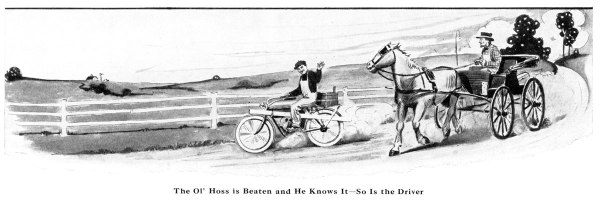In 2004, I purchased my first-ever custom anything. A handplane. It was a ridiculous financial move.
I had two young daughters (age 7 and 2), a low-level editing job and almost no disposable income. Lucy and I were throwing every dollar at our mortgage so we could be debt-free and able to do something uber-nutty – like run an independent publishing business.
But after meeting toolmaker Wayne Anderson, I became obsessed with the miter planes he builds. Somehow I scraped up $800 and ordered one. When I finally received the tool, I was overjoyed. It was one of the most beautiful tools I had ever seen, much less owned.
A few months later, thieves at a woodworking show outside Philadelphia stole the plane from my workbench. I was working our booth alone for a short period. Someone distracted me by making a ruckus at one end of the booth. When I turned back around, the plane was gone. (Read about it here in the WoodCentral archives.)
Insurance covered the theft, but I was bummed because they stole my favorite tool. Lots of things get stolen at woodworking shows – I’ve lost mallets, marking gauges, combination squares and (of course) books. I’ve actually had it easy. Some vendors have lost cash boxes with thousands of dollars inside.
To help in the hunt for the plane, Wayne actually stopped making that model, which made it difficult for the thief to fence it on the legitimate market. And Wayne put the word out with his customers and fellow collectors to watch for the tool.
Lo and behold, the plane turned up last week. And just like a stolen sports car, the tool was a wreck when it was recovered. The miter had been caught in a flood and the steel parts were deeply corroded. The brass sides were heavily tarnished and the iron was a bubbly mass of iron oxide. The most unusual fact: It hadn’t been sharpened in 10 years. I could recognize my edge on the tool.
But even in that sorry state, the plane was still fricking beautiful.
I worked out a deal with the plane’s honest new owner to trade another plane for the miter. And today the miter arrived.
After I unpacked it, I took the photos for this blog entry and began stabilizing the rust and damage. I have a long restoration process ahead of me, but it’s going to be satisfying work. Some of the damage is irreversible, but that’s OK with me. We all get a few scars in life.
As for the whole story, you’ll have to forgive my obliqueness. The above text is all I can really tell you. I’m not one to seek out justice, revenge or punishment for stealing a tool. So this is really the end of the story – until the miter is creating beautifully polished surfaces again.
— Christopher Schwarz









